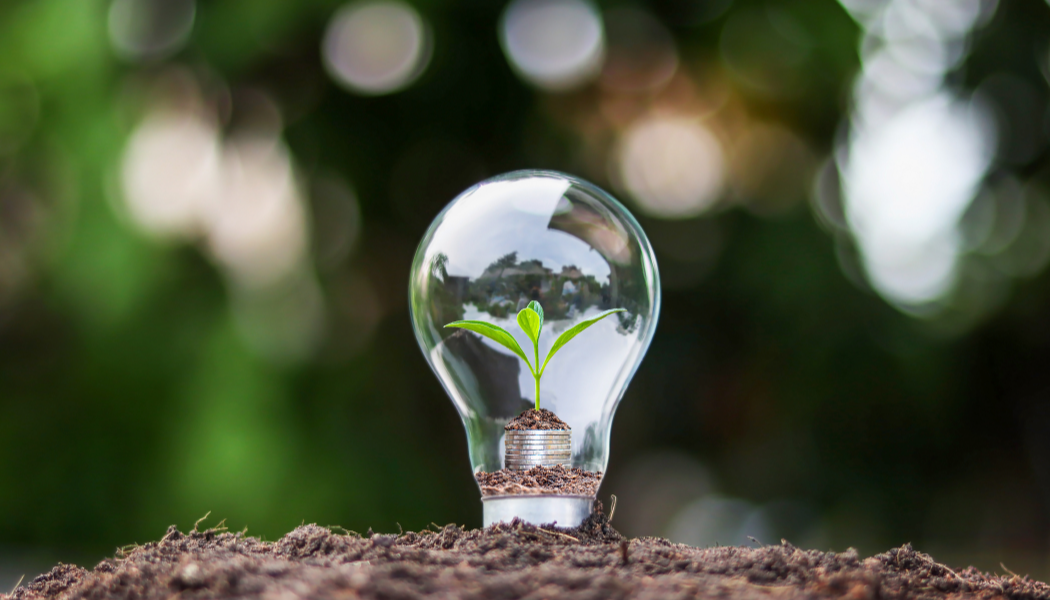How much investment is needed in wind power?
Find out with us!
vol. 11
23 March 2023
INVESTING IN WIND ENERGY
By Edoardo Simonelli, Eleonora Cacchio
Today, wind power is the cheapest renewable resource available. Thanks to technological advancement and increased market competition there has been a 85% energy cost reduction over the past fifteen years. The cost of a kWh of electricity from on-shore wind power is getting as low as $0.04/KWh in Europe. At these rates, the price of wind power will soon be comparable to that of combined cycle natural gas facilities.
Nevertheless, the biggest limit to the spread of wind energy is undoubtedly its installation cost, which accounts for 70% of the total investment. Moreover, it is becoming increasingly difficult to install new wind farms, since the most profitable sites are already saturated.
The initial investment required by a 1 MW horizontal-axis wind turbine (HAWT) averages between 1100 €/kW and 2000 €/kW. The initial investment cost increases up to 5000 €/kW in the case of small-scale wind power systems (< 100 kW) [1] due to the lower technology maturity and lower degree of competition within the market.
Note that the cost per installed kW grows inversely proportional to the installed power i.e. as the installed power increases, the unit cost per kW decreases, which is why the electricity produced by a 1 MW turbine is more than twice as cheap as a the one produced by a 10 kW micro turbine.
The good news is that even the latter micro systems are investments can pay for themselves in a rather short timeframe [2]: the average 25-year operational life of the wind turbine allows to amply amortize its initial costs, with the possibility of cutting down energy costs and reselling the surplus energy produced.
However, the productivity of the turbine is sensitive to the type of wind turbine, local wind conditions, and altitude of the installation. The latter of which is strongly correlated to the average wind speed and capacity factor. Statistically, large MW class wind turbines produce 2.2 MWh per year per kW, while mini-domestic wind power systems can produce up to 1.5 MWh per year per kW.
To balance out the variability of wind energy production, consumers often set up collective self-consumption groups and energy communities to produce, consume and share energy generated from different renewable sources.



